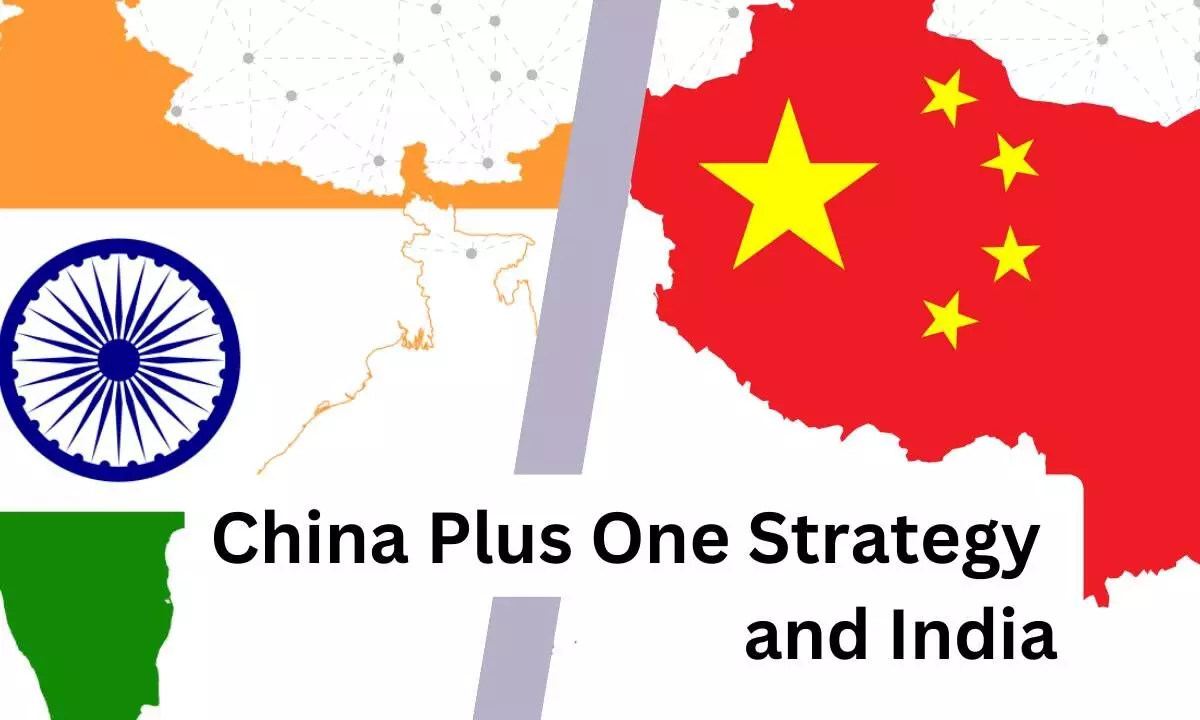Peace and harmony crucial factors for economic growth
The Gurugram crisis and overseas firms adopting a China plus one policy may hit FDI inflows
image for illustrative purpose

The communal clashes in one of the country’s biggest corporate hubs, Gurugram, have come as a shock to those who reside and work in the biggest suburb of the national capital. Though the riots began in the district of Mewat, these extended right up to the industrial centre of Faridabad and then to Sohna district, close to the heart of Gurugram. The immediate reaction of most big corporate entities has been to advise their employees to work from home for the time being.
The administration is still trying to come to grips with the situation, giving inkling that one of the country’s biggest business centres is now facing an unstable environment. This instability should be of deep concern for a government trying to lure foreign investors here with a variety of incentives -including the well-known production-linked incentive (PLI) programme.
At a time when a conference bringing together representatives of leading global semiconductor firms has just concluded, the appearance of a country going out of control is not likely to provide great confidence to prospective investors.
The Indian Semiconductor Mission (ISM) is already facing an uphill task in achieving its goal of bringing chipmaking majors to the country despite the 10 billion dollars of incentives being offered under this scheme. The 19.8 billion dollar Foxconn-Vedanta joint venture has folded up and some others are also reported to have fallen through. The violence and mayhem occurring over the last few days is not going to make the task of creating a chip hub in this country any easier.
It must be stressed that this is a critical period for enhancing foreign direct investment inflows as lately many international firms have adopted a China plus one policy. This envisages making investments in countries other than China to deal with supply chain disruptions due to concentration in a single country.
The policy of relocation to other sites is now being adopted by many firms with large investments there after the stringent norms of the zero-Covid policy affected operations. Geopolitical tensions in that region related to Taiwan have also increasingly strained the Sino-U.S. relationship. Concerned about the potential for conflict, multinationals in the region are looking to start new projects in neighbouring countries.
India has been trying to attract some of this investment though there is stiff competition from Vietnam and Indonesia, which have more liberal foreign investment regimes. In fact, one of the plus points cited for investing in this country has been political stability and sustained economic growth with India recording the fastest growth in the world for the past year.
The World Bank chief Ajay Banga commented recently, however, that the benefits of the China plus one will only be open for three or five years. This window, according to him, would not be available for an entire decade. He felt this is a three to five-year opportunity when supply chains will add on another location.
This was a clear indication that India must take steps to make the policy environment attractive for foreign investors right now rather than later. It is in this context, that the current violence near urban centres assumes significance. With India being a large country, it has been recognised that challenging situations will occur at times. Foreign investors have therefore in the past viewed the situation from the larger perspective of peace and stability being present in most of the country.
For instance, the ongoing strife in Manipur has been viewed with concern by prospective investors but has still been considered an internal issue that would not impact development in the rest of the country. The issue has been commented upon adversely in the European Parliament, but it has not yet deterred investors as could be seen during the France visit of Prime Minister Narendra Modi. But if such conflicts flare up in several parts of the country, especially regions where investors are setting up manufacturing units, there are bound to be fears over the fate of such facilities.
India also needs to learn a lesson from the China experience. One of the big drivers for the China plus one approach was the turmoil that engulfed parts of that country as a result of the zero-Covid policy. Workers in many factories revolted after having been kept there without any break for many days. The demonstrations spilled over onto the streets and there were even placards denouncing President Xi Jinping. The situation was brought under control but these events led to the relaxation of the tight movement controls and enabled industrial operations to come back to normal.
Internal strife and conflict can thus be disturbing for prospective investors into any country. This is, of course, only one aspect of the issue. The other is that communal violence is a blot on humanity. It must be condemned and a cavalier approach will not do right now.
Peace and harmony must be restored as soon as possible, in all parts of the country, to safeguard the public and the economy.

